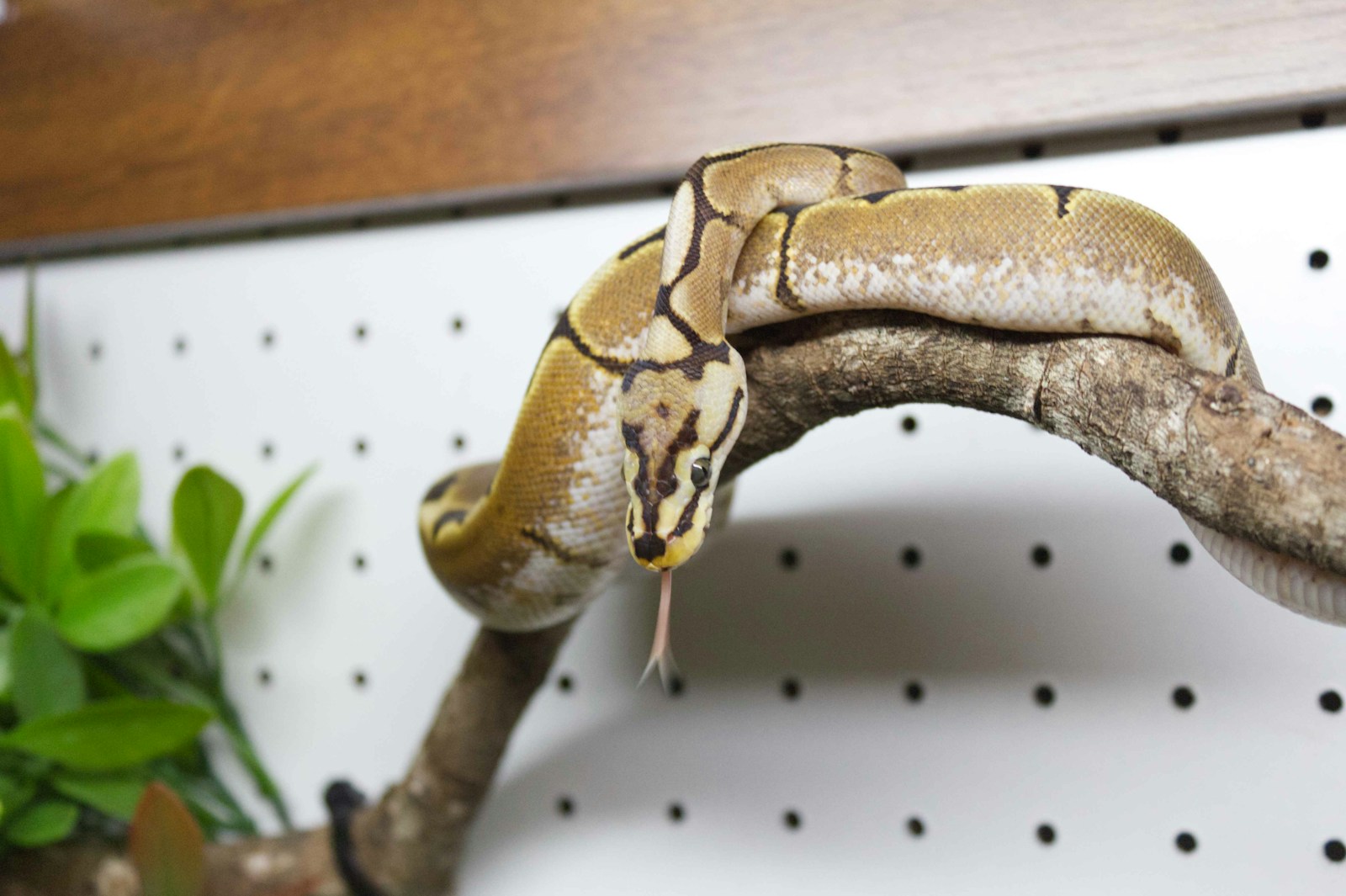The relationship between predators and prey is one of nature’s most fascinating dynamics. While we often think of snakes as opportunistic hunters that will strike at any available meal, the reality is far more nuanced. Snakes display remarkable selectivity in their feeding behaviors, often avoiding certain potential prey animals altogether. This selective approach isn’t merely preference but represents sophisticated evolutionary adaptations that enhance survival. From chemical defenses to physical deterrents, various prey animals have developed mechanisms that make them unpalatable or dangerous to serpent predators. Understanding why snakes avoid certain prey offers valuable insights into ecological relationships and the ongoing evolutionary arms race between predator and prey species.
Chemical Defenses That Repel Snakes
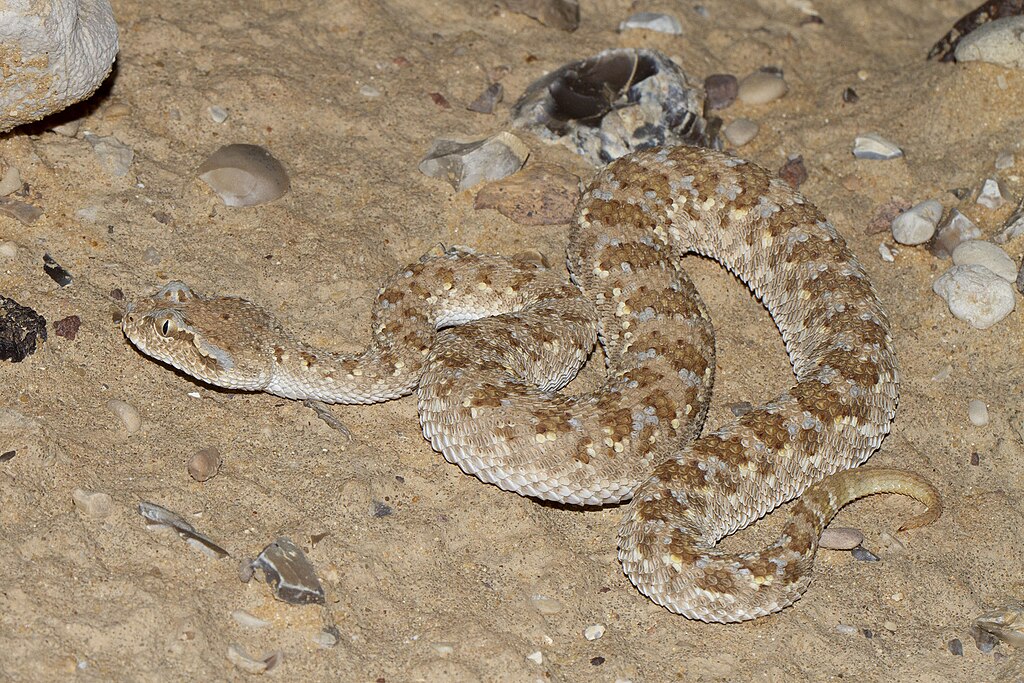
Many prey animals have evolved sophisticated chemical defenses that make them unpalatable or even toxic to potential snake predators. Toads, for instance, possess parotoid glands that secrete bufotoxins, compounds that can cause severe illness or death if a snake attempts to consume them. Certain salamander species produce tetrodotoxin, a potent neurotoxin that can paralyze a snake’s muscles and respiratory system. Millipedes release hydrogen cyanide when threatened, creating a chemical barrier that most snake species instinctively avoid. These chemical deterrents represent millions of years of evolutionary adaptation specifically designed to target predators like snakes, making certain prey animals effectively “off the menu.”
Aposematic Coloration as a Warning Sign
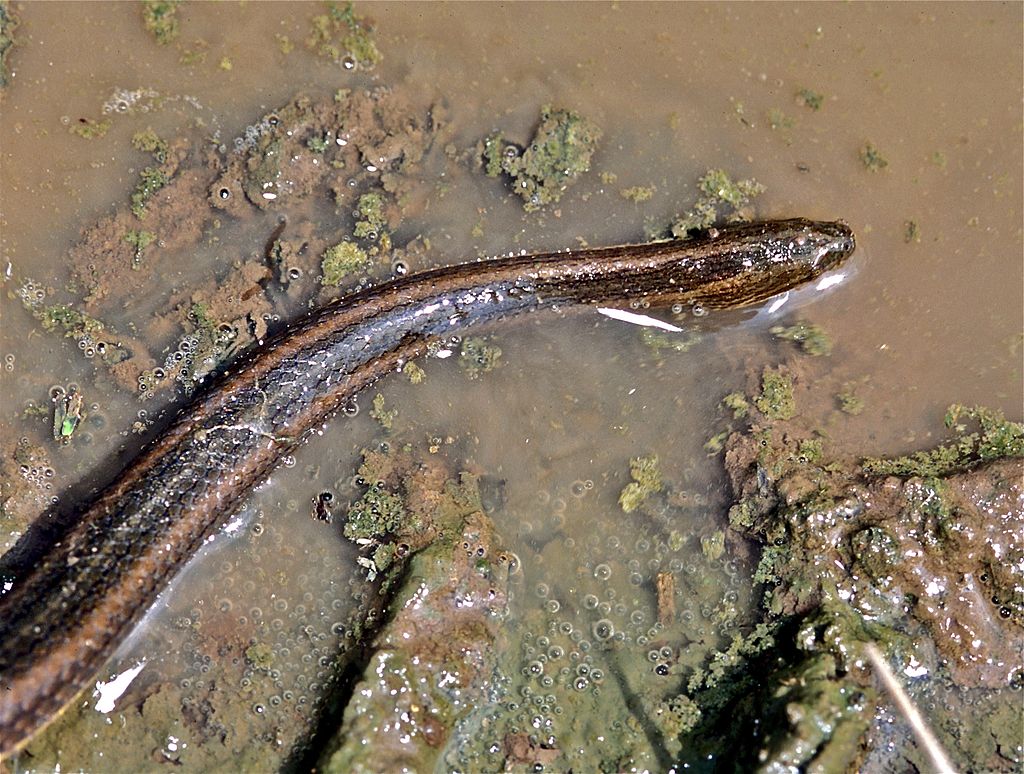
Bright, contrasting colors in the animal kingdom often serve as nature’s warning labels, a phenomenon known as aposematic coloration. Many chemically defended animals advertise their toxicity through vibrant patterns and colors that snakes have evolved to recognize and avoid. The red, yellow, and black bands of coral snakes themselves exemplify this pattern, which is mimicked by non-venomous species like milk snakes. Poison dart frogs display brilliant blues, yellows, and reds that signal their toxic skin secretions. Snakes that encounter these warning colors typically demonstrate innate avoidance behaviors, having evolved recognition systems that associate these visual signals with negative consequences. This color-based communication system creates an effective first line of defense that prevents predation attempts before they even begin.
Size Limitations and Prey Selection
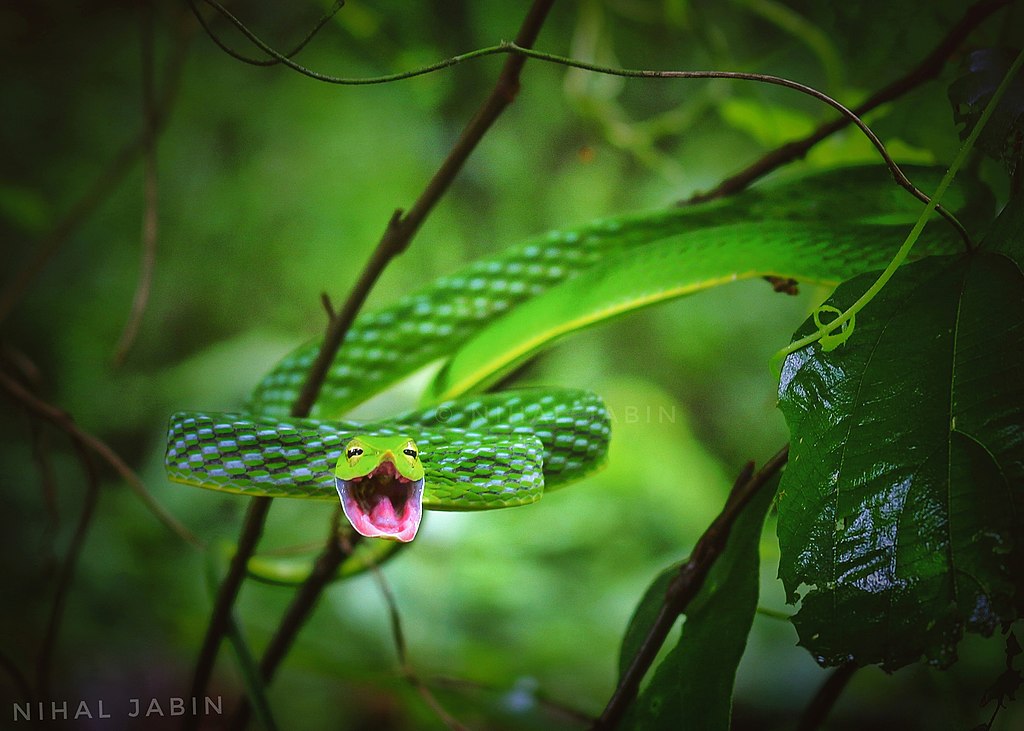
Physical size constraints significantly influence a snake’s prey selection, causing them to avoid animals that are simply too large to consume safely. Unlike mammals, snakes cannot tear their food into smaller pieces—they must swallow prey whole. This anatomical limitation means snakes must carefully assess whether potential prey can be safely ingested without causing injury or impaction. Adult porcupines, for example, are typically avoided by all but the largest constrictors due to their substantial size and defensive quills. Even large snakes like pythons and anacondas will avoid prey that exceeds their gape limit, as attempting to consume oversized animals can lead to fatal consequences. This size-based selectivity is particularly important because a failed predation attempt wastes valuable energy and may expose the snake to injury.
Defensive Mechanisms That Deter Predation
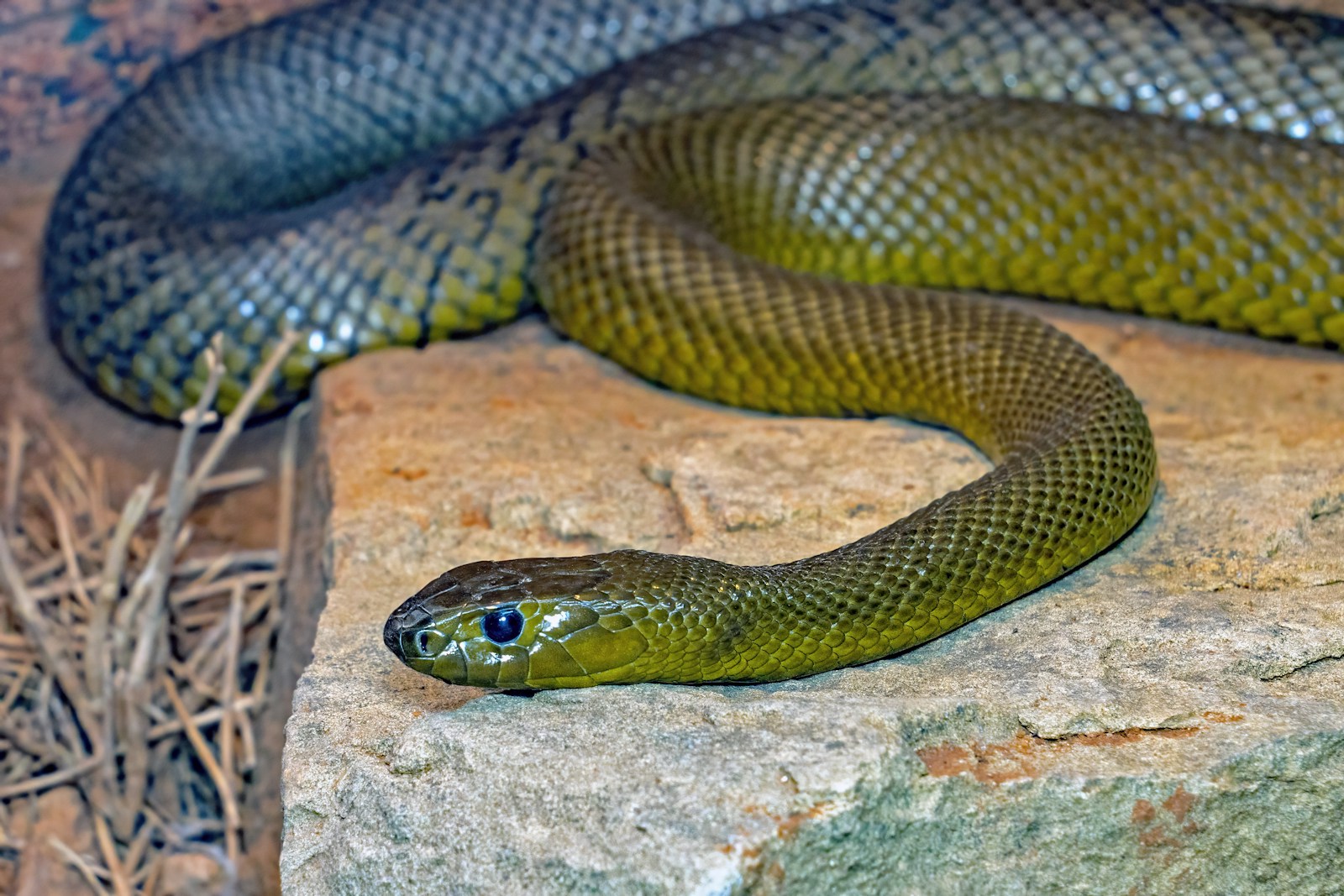
Beyond chemical defenses, many prey animals possess physical adaptations specifically evolved to thwart snake predation attempts. Porcupines represent perhaps the most obvious example, with their sharp quills that can lodge in a predator’s mouth or digestive tract. Hedgehogs similarly curl into protective balls of spines when threatened, presenting an impenetrable barrier to most snakes. Some birds like hornbills have evolved specialized nesting behaviors, walling females into tree cavities during breeding season to protect against snake predation. Armadillos possess tough dermal plates that many snakes cannot penetrate with their fangs. These physical defenses create mechanical barriers that make certain prey animals too difficult or dangerous to attack, causing snakes to seek easier meals elsewhere.
Behavioral Adaptations of Prey Species
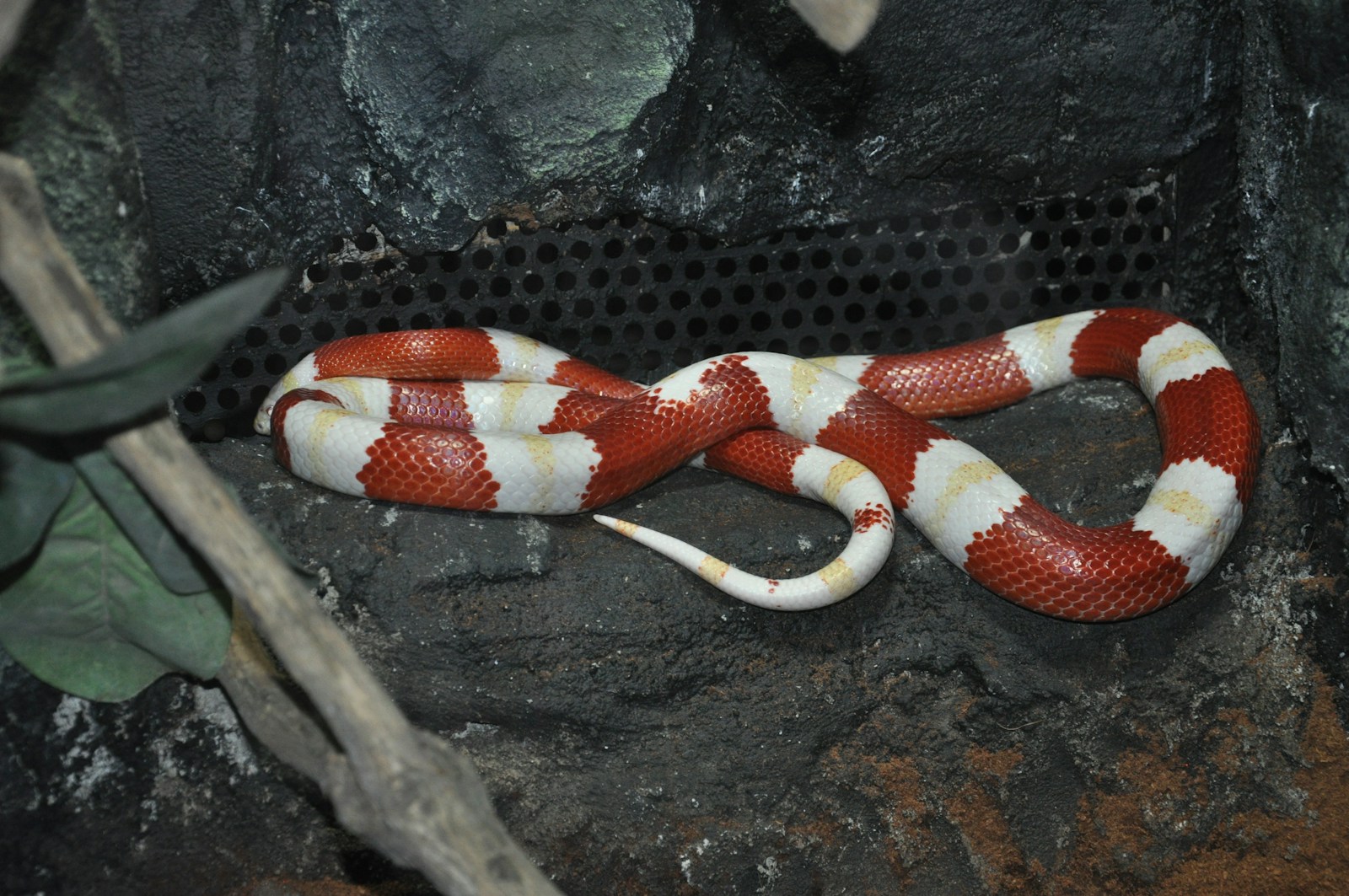
Sophisticated behavioral strategies often provide prey animals with effective protection against snake predation. Many rodents, for instance, engage in a behavior called “snake-mobbing,” where they collectively harass a predator until it retreats from the area. Mongoose species have evolved specialized anti-snake behaviors, including remarkable agility and coordinated attack patterns that target a snake’s vulnerable head. California ground squirrels have developed resistance to rattlesnake venom and will actively confront these predators, even kicking dirt into their faces or vigorously flagging their tails to signal they won’t be easy prey. Certain bird species employ distraction displays, feigning injury to draw potential predators away from vulnerable nests. These behavioral adaptations significantly increase the energy cost and risk associated with attacking certain prey, causing snakes to avoid these confrontational species when alternatives are available.
Mimicry as a Protective Strategy
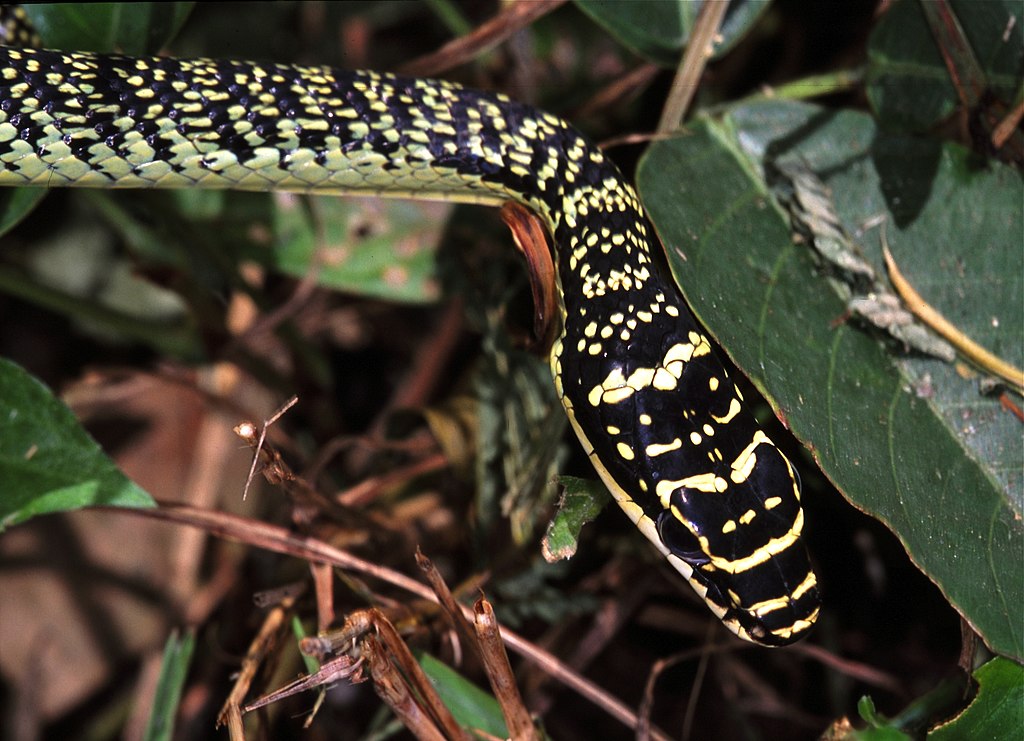
The natural world abounds with examples of mimicry, where harmless species evolved to resemble dangerous ones, effectively borrowing protection from predators. Batesian mimicry occurs when non-toxic species evolve to resemble toxic ones, as seen with harmless hognose snakes that mimic the appearance and defensive postures of venomous cobras. Many harmless moth species display eyespots that resemble those of owls or other predators that snakes themselves might fear. Some beetles and katydids have evolved to mimic the appearance of wasps or bees, complete with striped patterns and similar body shapes. These mimics benefit from snakes’ innate avoidance of their dangerous models, creating an effective protective shield without actually possessing chemical defenses. The success of mimicry depends on predators like snakes having experienced negative interactions with the model species, reinforcing their avoidance behaviors.
Energy Economics in Predation
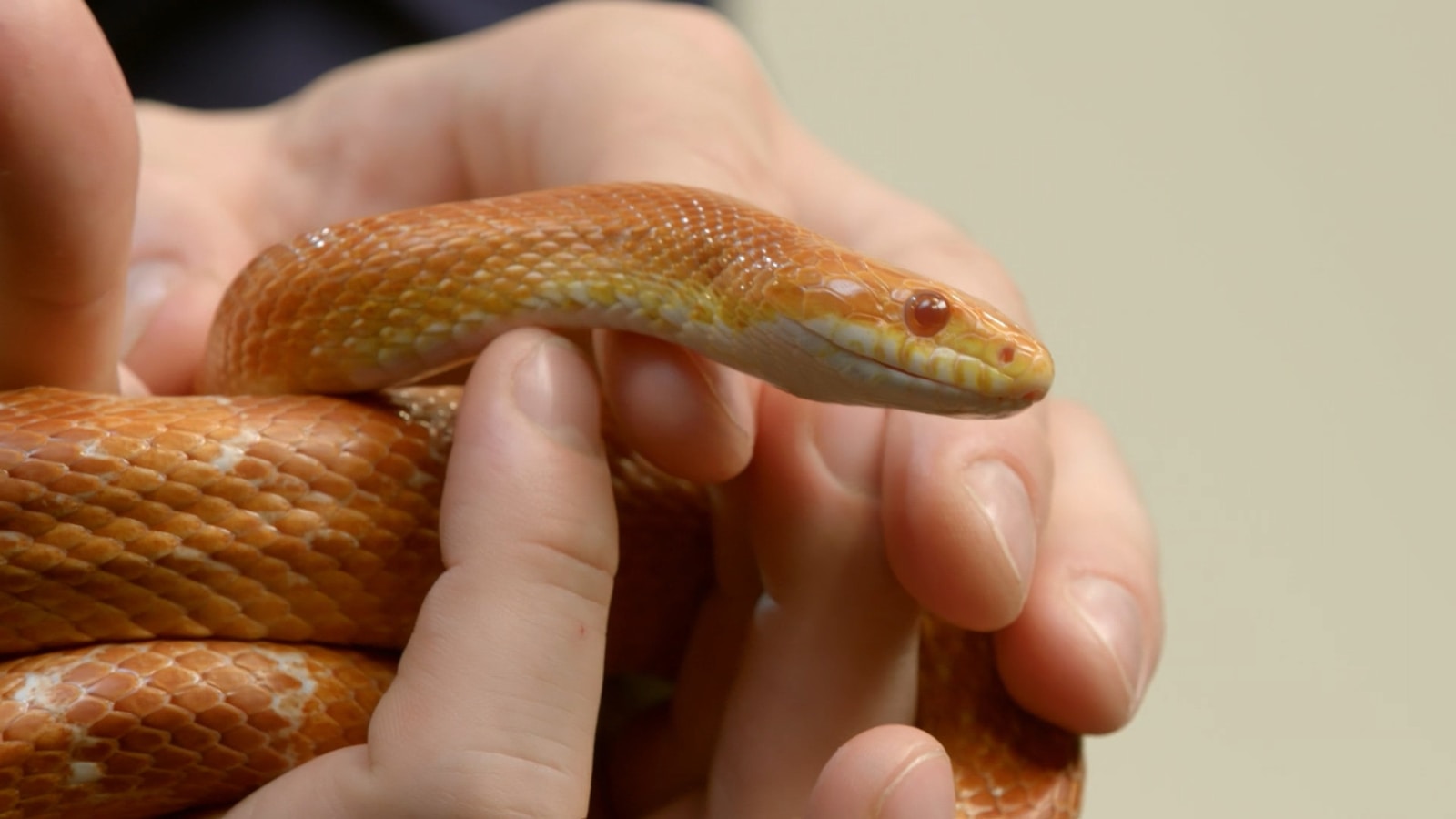
Hunting represents a significant energy investment for snakes, who must carefully balance the calories expended in pursuit against the nutritional reward of successful predation. Prey animals that are exceptionally fast, vigilant, or difficult to subdue may be avoided simply because the energy economics don’t make sense. Snakes typically need to consume around 6-30% of their body weight annually, depending on species and activity levels, making efficient hunting crucial for survival. Chasing a highly mobile prey like a rabbit might require more energy than the snake would gain from eating it, especially considering the low metabolic rate of most serpents. This caloric calculation becomes even more critical for venomous species, which must regenerate metabolically expensive venom after each strike. The sophisticated cost-benefit analysis performed by hunting snakes often leads them to select prey that offers the highest caloric return for minimal hunting effort.
Learned Avoidance Behaviors in Snakes

While some prey avoidance behaviors are innate, snakes also demonstrate remarkable capacity for learned avoidance through negative experiences. A snake that becomes ill after consuming a toxic prey animal often develops a lasting aversion to similar-looking species. This conditioning can occur after just one negative experience, particularly if the consequences were severe. Researchers have documented cases where captive snakes refused certain prey types for years following a single negative encounter. These learned behaviors can even be passed down generationally in some species, with inexperienced juvenile snakes inheriting avoidance behaviors from their mothers. The ability to learn from negative feeding experiences provides snakes with behavioral flexibility that complements their innate predatory instincts, allowing them to adapt their hunting strategies to local prey communities.
The Role of Sensory Detection in Prey Selection
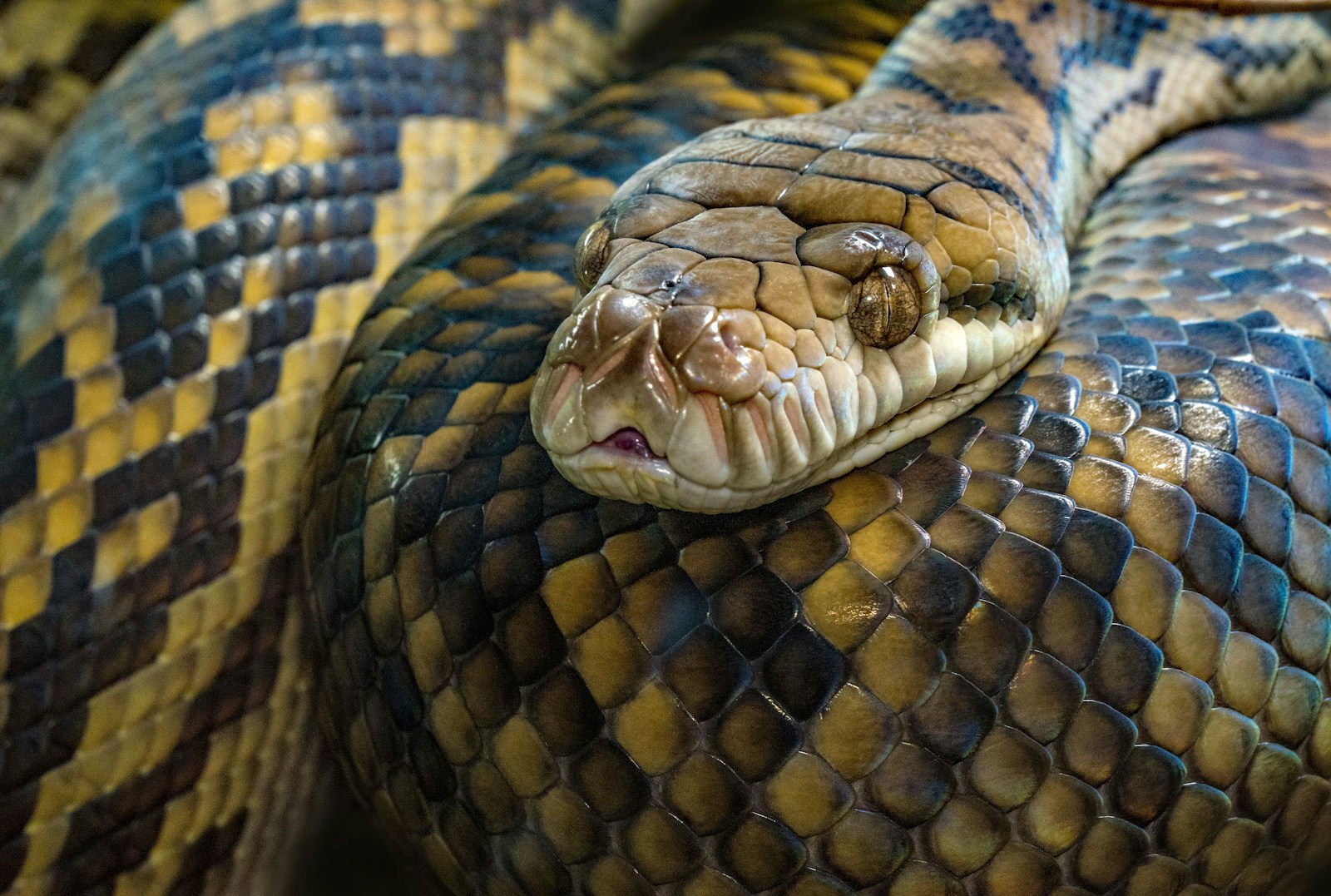
Snakes rely on sophisticated sensory systems to identify suitable prey and avoid potentially dangerous animals. Pit vipers possess infrared-sensing pits that detect warm-blooded prey but may also help them avoid certain threats. The vomeronasal organ (Jacobson’s organ) allows snakes to “taste” the air, detecting chemical signatures that indicate whether a potential prey animal is palatable or dangerous. Vision plays a crucial role for many diurnal species, helping them recognize warning coloration or threatening postures. These multisensory detection systems work in concert to create a comprehensive threat assessment before a snake commits to attacking potential prey. When these sensory systems detect chemical, visual, or behavioral cues associated with dangerous or unpalatable species, snakes typically display immediate avoidance reactions, steering clear of potential threats.
Specialized Anti-Snake Adaptations
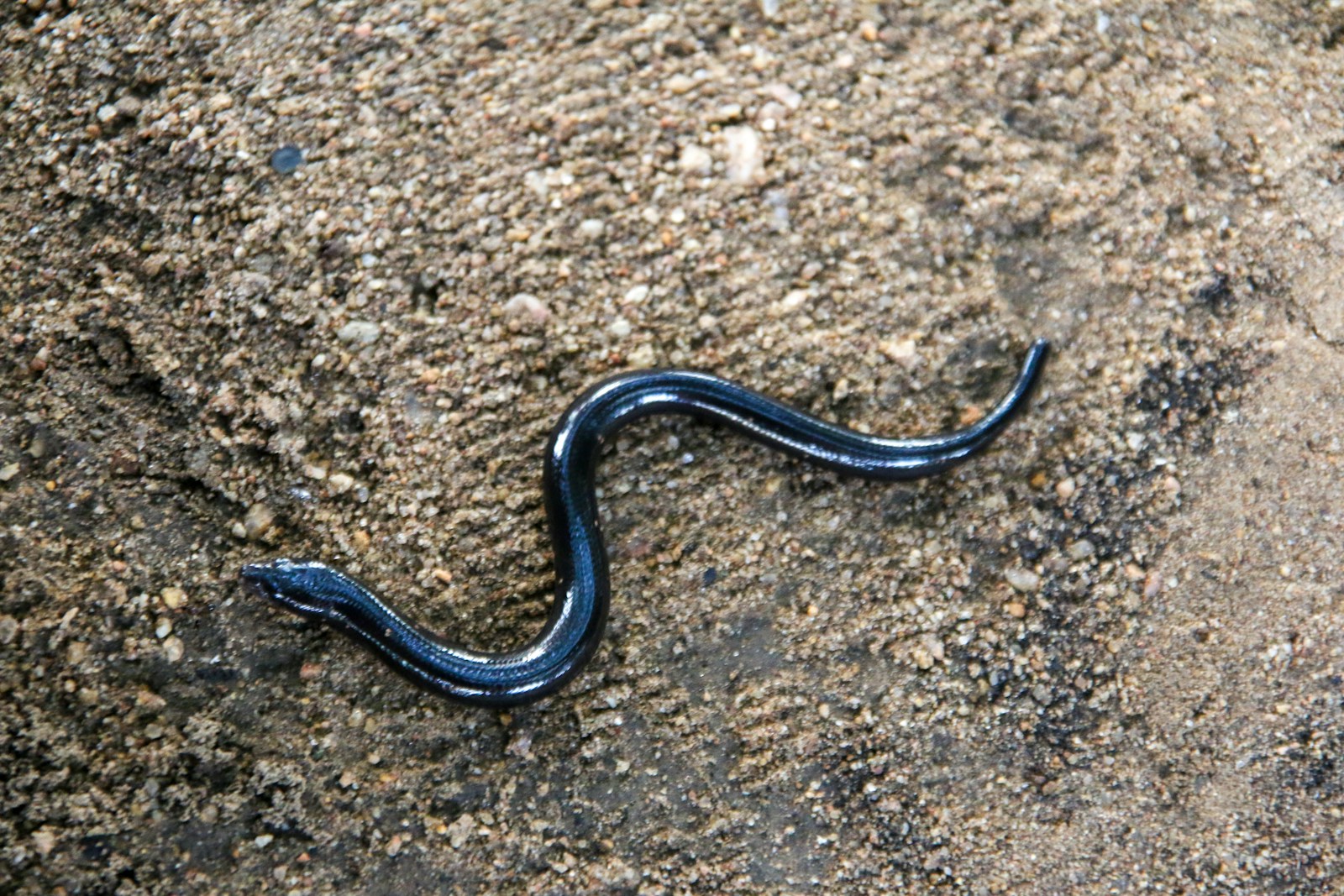
Some prey species have evolved adaptations specifically targeting snakes as predators, creating almost custom-designed defense systems. Certain toad species produce bufotoxins that specifically target reptilian predators while having less effect on mammalian hunters. The California ground squirrel has evolved not only resistance to rattlesnake venom but also the ability to heat its tail through blood flow, creating an infrared signal that confuses the snake’s heat-sensing pits. Killdeer birds perform elaborate “broken wing” displays specifically when snake predators approach their nests, but employ different distraction techniques for mammalian predators. The secretive blue-tailed skink possesses a bright blue tail that detaches easily when grabbed, a feature evolved specifically to escape snake predation. These specialized counter-adaptations highlight the evolutionary arms race between snakes and their prey, with each developing increasingly sophisticated strategies in response to the other.
Habitat and Environmental Factors
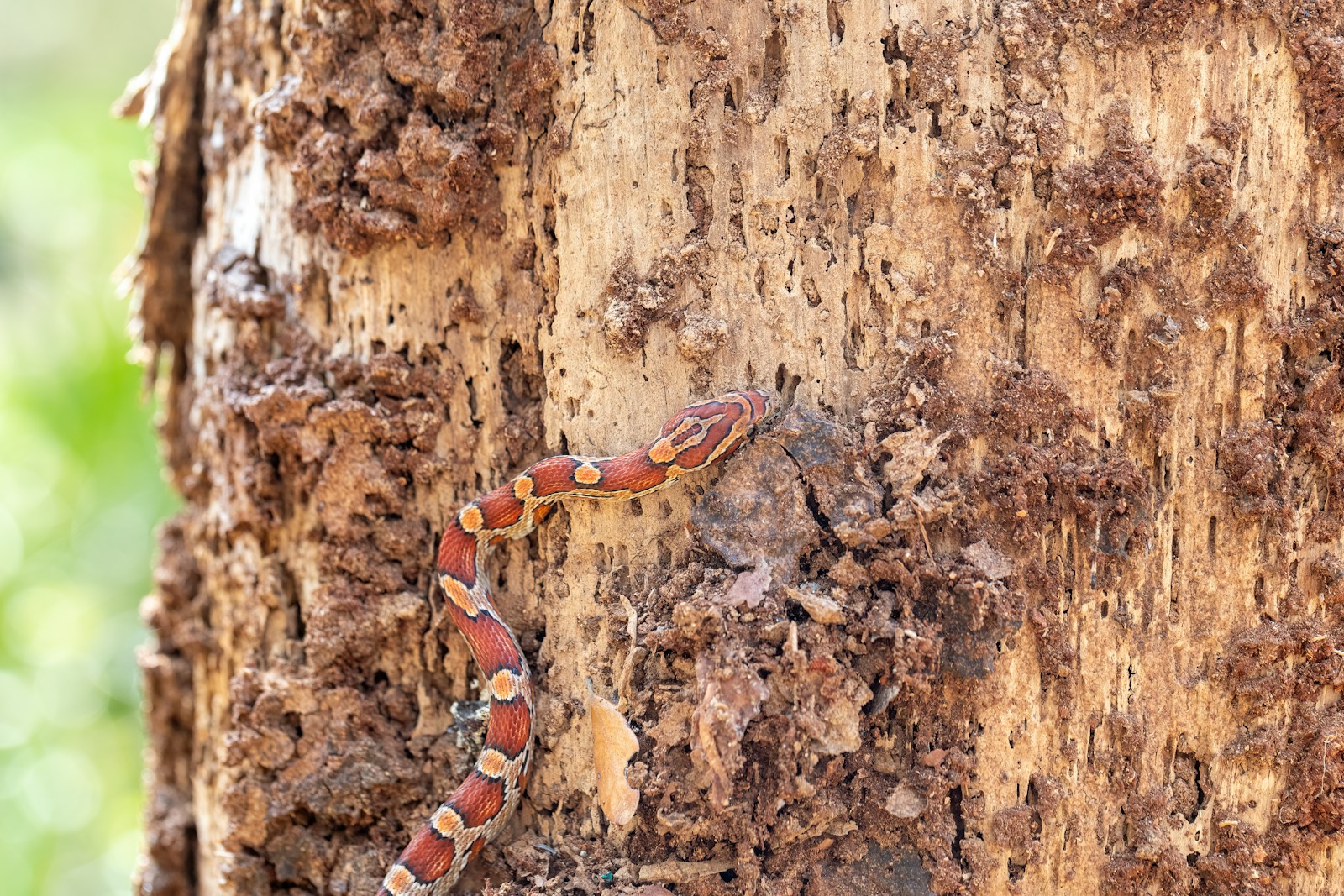
Environmental context significantly influences snake predation patterns, with certain habitats providing prey species with advantages that deter snake attacks. Open grasslands may favor prey with superior vision and speed, allowing them to detect and escape approaching snakes. Dense forest environments might benefit prey species with excellent climbing abilities that can access areas snakes cannot reach. Aquatic environments provide refuges for prey that can outswim most serpents. Temperature gradients also impact predation patterns, as many prey animals remain active at temperatures where snakes become sluggish. These habitat-specific dynamics create natural safe zones where certain prey species can effectively avoid snake predation through environmental advantages rather than direct defensive adaptations.
Social Defense Strategies Against Snakes
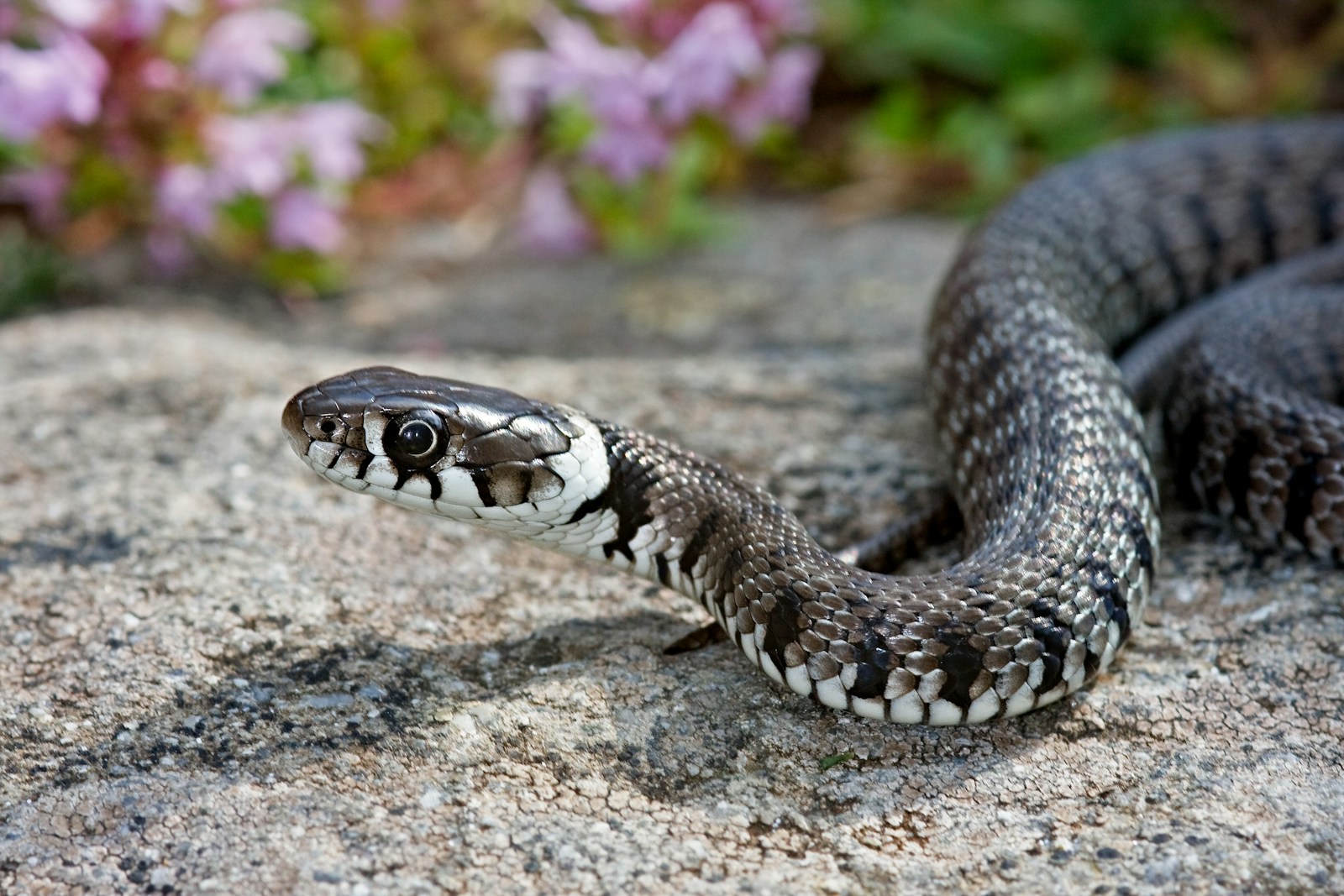
Group living offers many prey species significant protection against snake predation through various collective defense mechanisms. Meerkats employ sentinel systems where individuals take turns watching for predators while others forage, giving early warning of approaching snakes. Prairie dogs construct complex burrow systems with multiple escape routes specifically designed to thwart snake predators. Nesting birds often form defensive colonies where multiple pairs can collectively mob and drive away snake intruders. These social defense strategies dramatically increase the risk and energy cost for hunting snakes, making socially organized prey species less attractive targets. The effectiveness of collective defense partially explains why snakes often preferentially target solitary prey animals when given the choice between solitary and group-living species.
Ecological Implications of Selective Predation
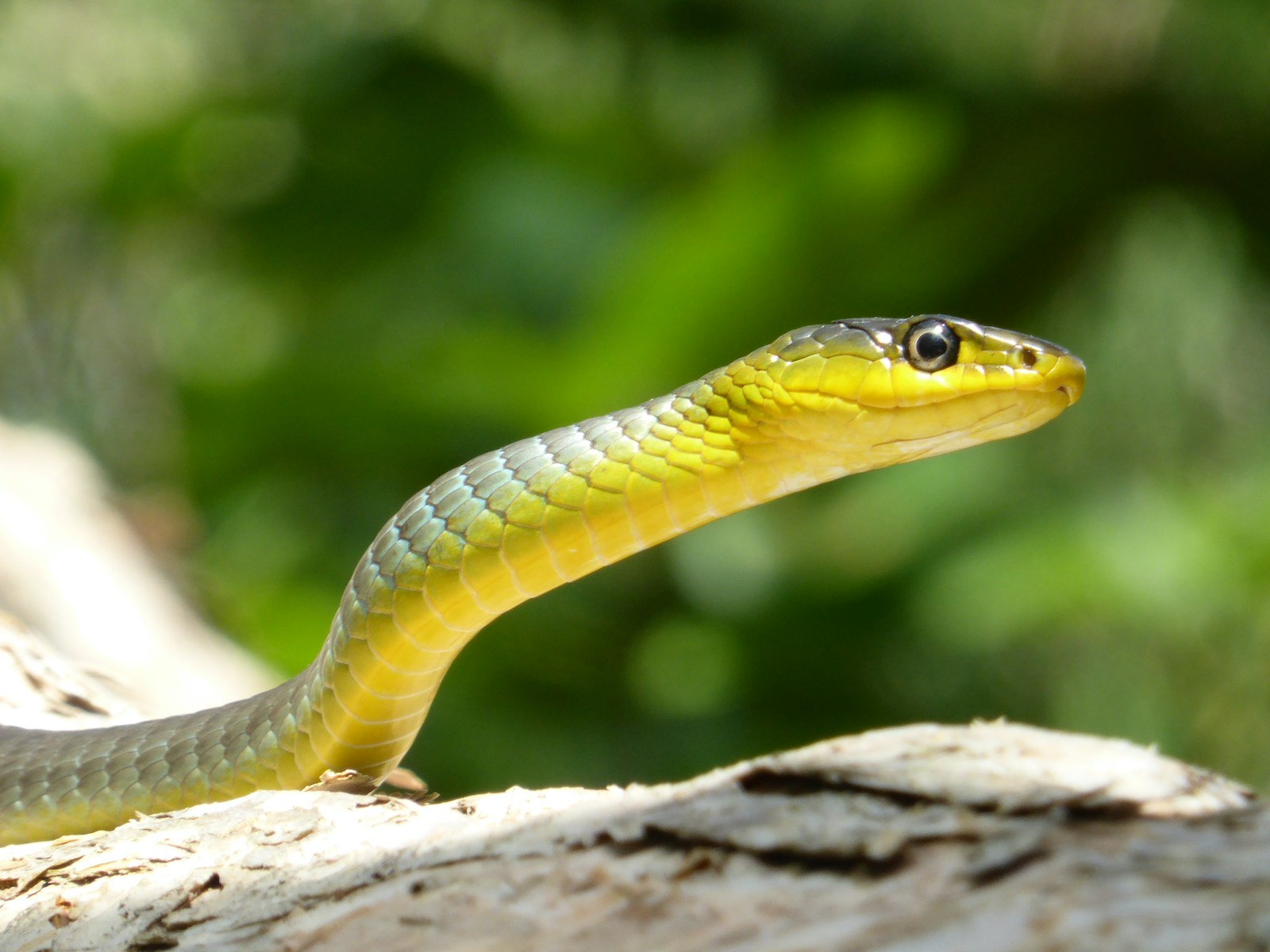
The selective predation patterns of snakes have profound ecological implications, shaping entire ecosystems through their hunting choices. By avoiding certain prey species, snakes create selection pressure that reinforces effective defense mechanisms while potentially allowing defended species to increase in population. This selective pressure contributes to biodiversity by maintaining a diverse array of defense strategies within prey communities. In some ecosystems, the avoidance of certain prey by snakes creates trophic cascades that affect multiple species across food webs. Conservation efforts increasingly recognize the importance of preserving these predator-prey relationships, as removing snake species can disrupt the delicate ecological balance maintained through selective predation. Understanding which prey species snakes avoid provides valuable insights for wildlife management and conservation planning in threatened ecosystems.
Conclusion
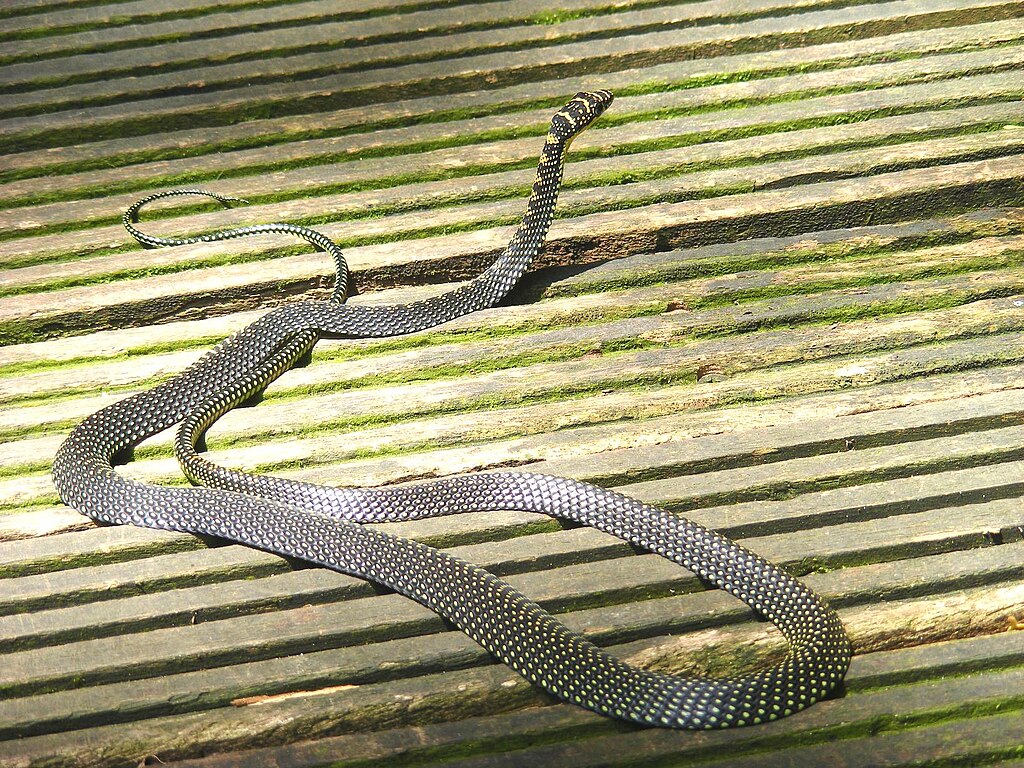
The relationship between snakes and their prey exemplifies the sophisticated evolutionary dance that shapes our natural world. Rather than indiscriminate predators, snakes demonstrate remarkable selectivity influenced by chemical defenses, warning coloration, physical barriers, and learned avoidance behaviors. This selectivity isn’t merely preference but represents an intricate calculus of risk, reward, and energy economics that has evolved over millions of years. For prey animals, avoiding snake predation has driven the development of increasingly sophisticated defense mechanisms, from toxic secretions to complex social behaviors. This ongoing evolutionary arms race continues to shape both predator and prey, demonstrating nature’s remarkable capacity for adaptation. By understanding why snakes avoid certain prey, we gain deeper insights into ecological relationships and the evolutionary processes that maintain biodiversity in our natural world.

